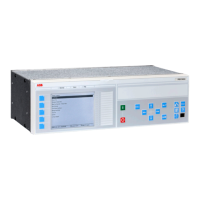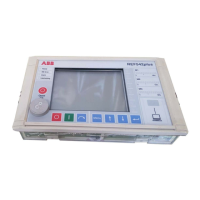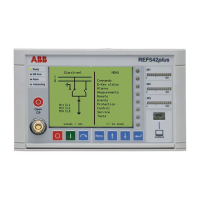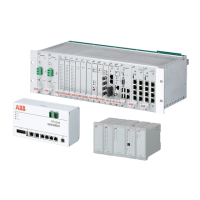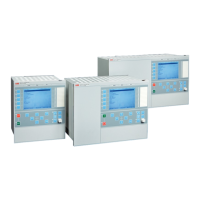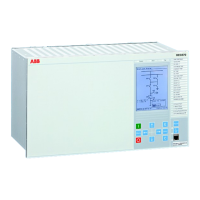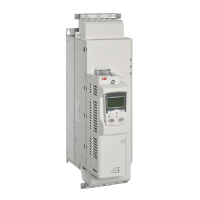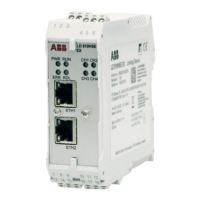24.5 Sample specification of communication requirements
for the protection and control terminals in digital
telecommunication networks
GUID-0A9F36AF-3802-42FE-8970-4662798C19D1 v2
The communication requirements are based on echo timing.
Bit Err
or Rate (BER) according to ITU-T G.821, G.826 and G.828
•
<10
-6
according to the standard for data and voice transfer
Bit Err
or Rate (BER) for high availability of the differential protection
•
<10
-8
-10
-9
during normal operation
•
<10
-6
during disturbed operation
During disturbed conditions, the trip security function can cope with high bit error
rates up to 10
-5
or even up to 10
-4
. The trip security can be configured to be
independent of COMFAIL from the differential protection communication supervision,
or blocked when COMFAIL is issued after receive error >100ms. (Default).
Synchronization in SDH systems with G.703 E1 or IEEE C37.94
The G.703 E1, 2 Mbit shall be set according to ITU-T G.803, G.810-13
• One master clock for the actual network
• The actual port Synchronized to the SDH system clock at 2048 kbit
• Synchronization; bit synchronized, synchronized mapping
• Maximum clock deviation <±50 ppm nominal, <±100 ppm operational
• Jitter and Wander according to ITU-T G.823 and G.825
• Buffer memory <250 μs, <100 μs asymmetric difference
• Format.G 704 frame, structured etc.Format.
• No CRC-check
Synchronization in PDH systems connected to SDH systems
• Independent synchronization, asynchronous mapping
• The actual SDH port must be set to allow transmission of the master clock from
the PDH-system via the SDH-system in transparent mode.
• Maximum clock deviation <±50 ppm nominal, <±100 ppm operational
• Jitter and Wander according to ITU-T G.823 and G.825
• Buffer memory <100 μs
Section 24 1MRK 511 401-UUS A
Requirements
638 Bay control REC670 2.2 ANSI
Application manual
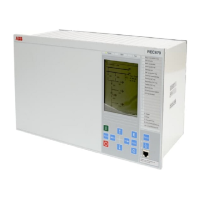
